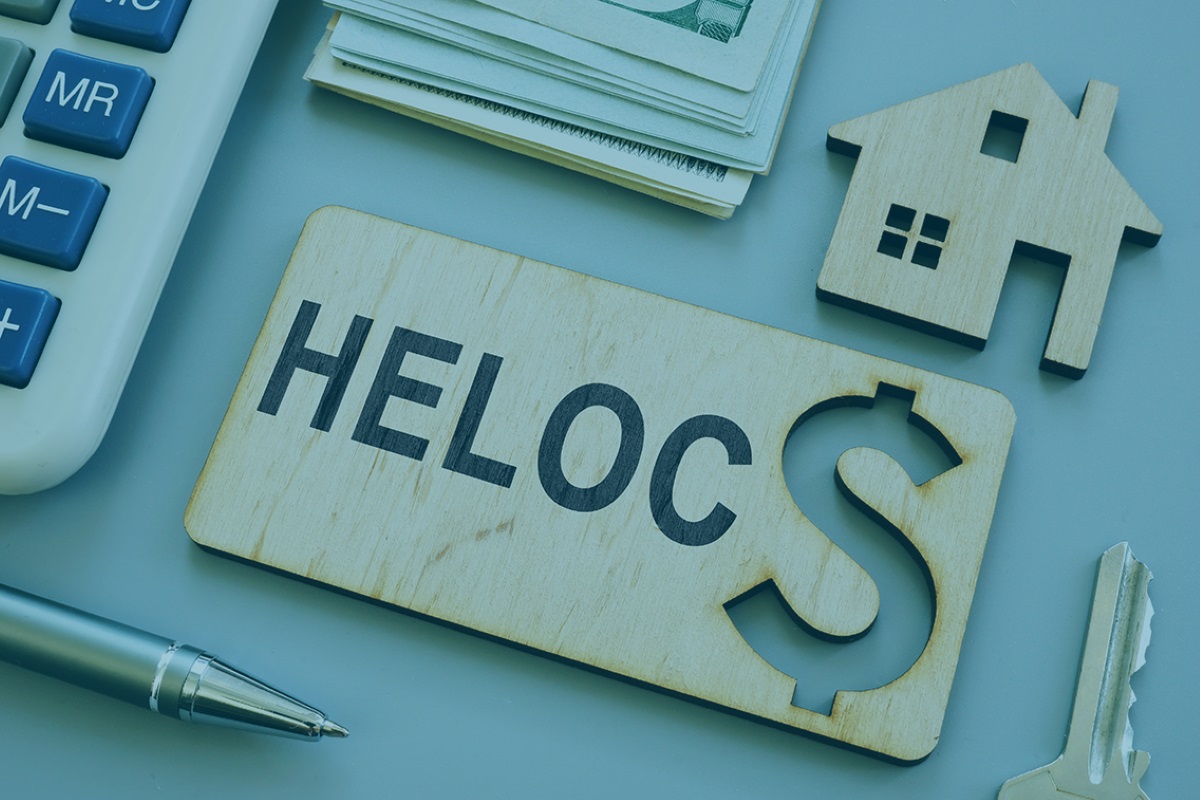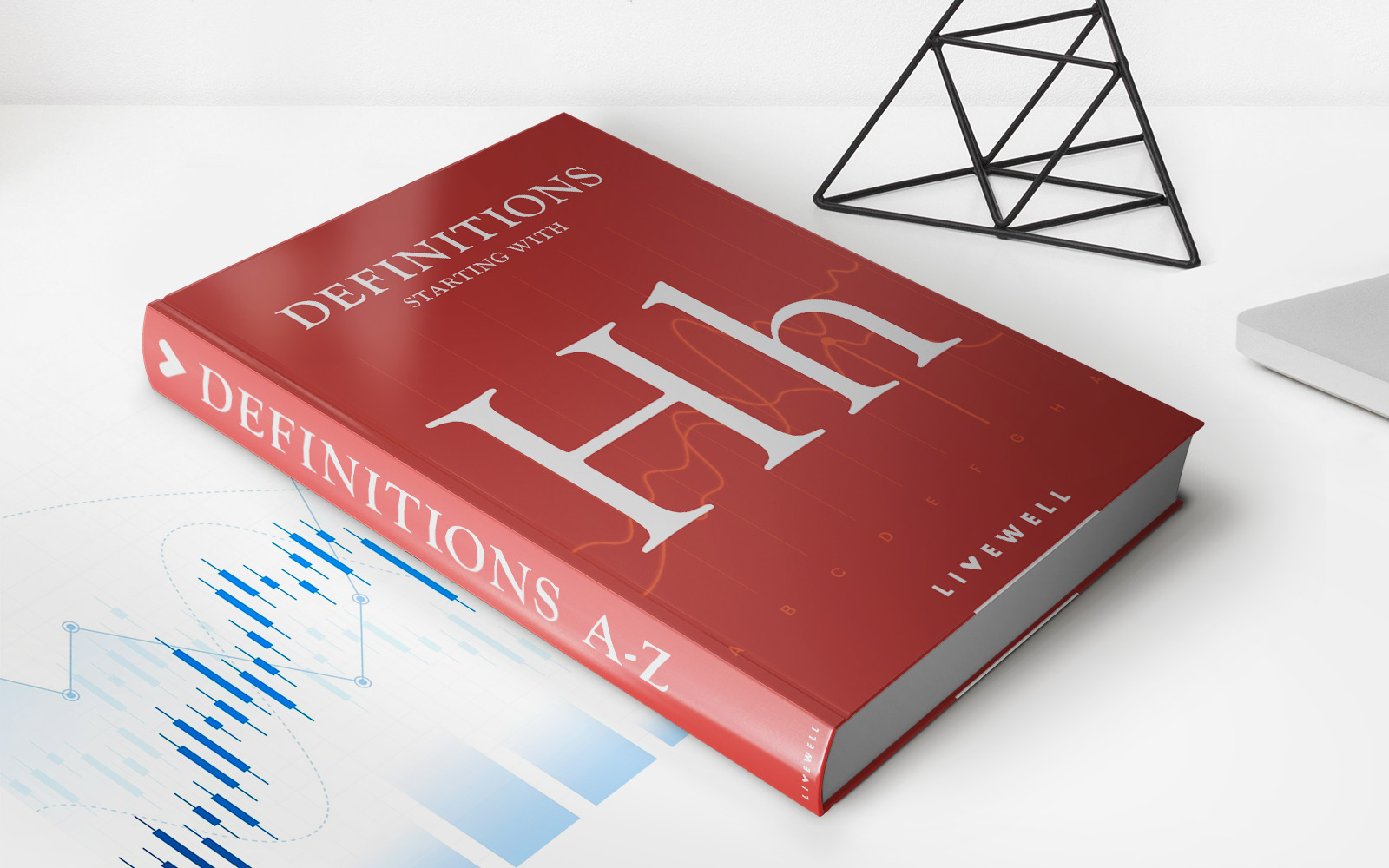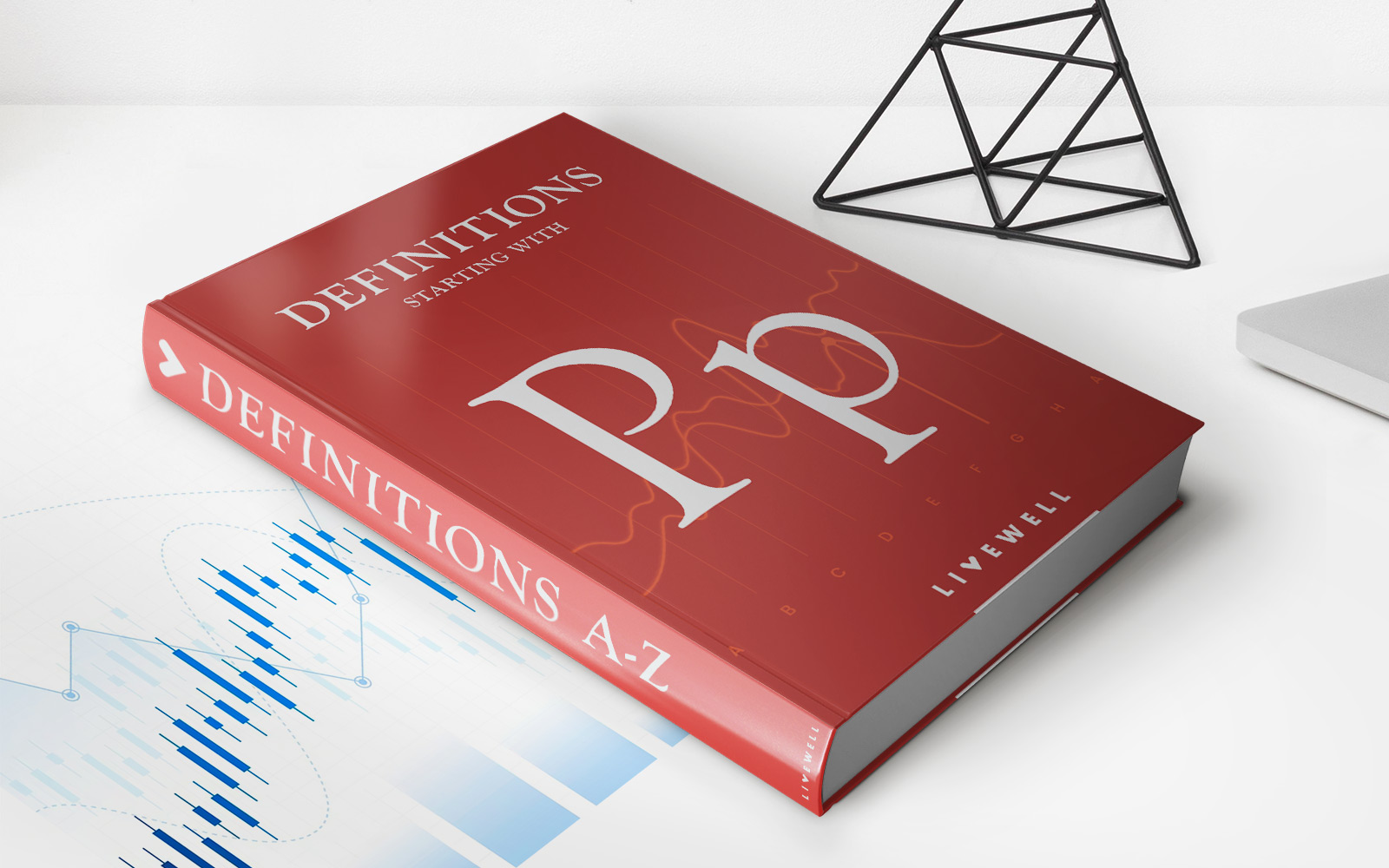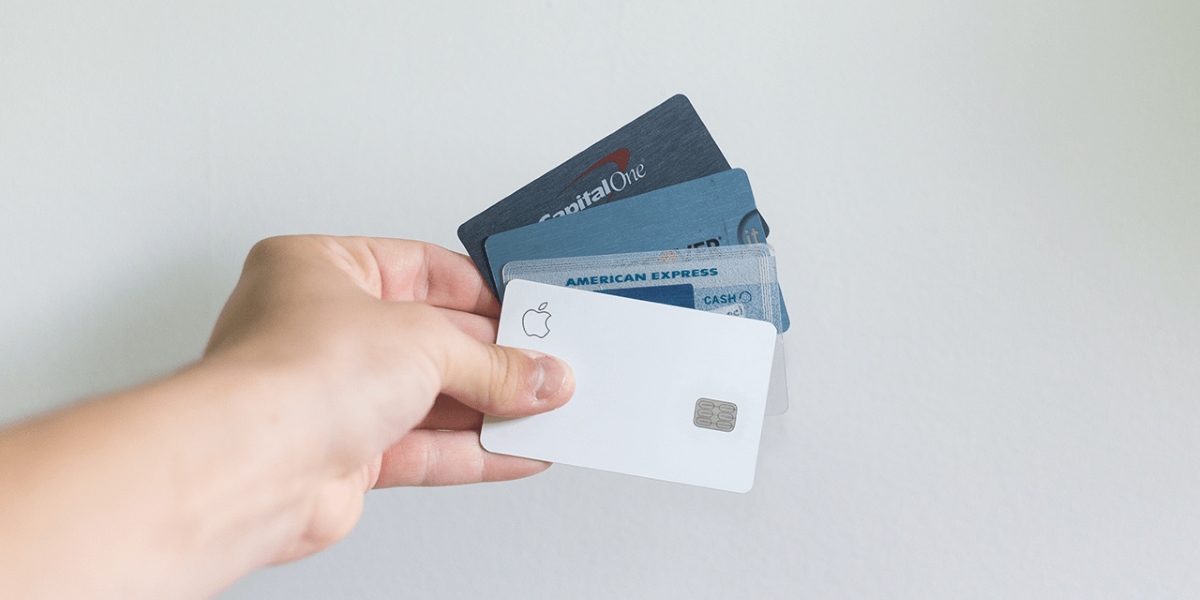

Finance
What Is The Minimum Payment On A HELOC
Published: February 25, 2024
Learn about the minimum payment on a HELOC and how it affects your finances. Find out how to manage your HELOC payments effectively. Gain insights on HELOC finance.
(Many of the links in this article redirect to a specific reviewed product. Your purchase of these products through affiliate links helps to generate commission for LiveWell, at no extra cost. Learn more)
Table of Contents
Introduction
Home equity lines of credit (HELOCs) are a valuable financial tool that allows homeowners to leverage the equity in their property to secure a flexible line of credit. This revolving line of credit functions much like a credit card, providing the borrower with the freedom to borrow funds up to a predetermined limit and repay them as needed. However, unlike a traditional mortgage, HELOCs offer a variable interest rate, which means that the minimum payment fluctuates based on the outstanding balance and current interest rate.
Understanding the minimum payment on a HELOC is crucial for borrowers to effectively manage their finances and make informed decisions. In this article, we will delve into the intricacies of HELOCs, explore how minimum payments are calculated, discuss the factors that influence these payments, and emphasize the significance of making at least the minimum payment each month. By gaining a comprehensive understanding of these aspects, borrowers can navigate the complexities of HELOCs with confidence and make sound financial choices.
Understanding HELOCs
A Home Equity Line of Credit (HELOC) is a form of revolving credit that is secured by the equity in a borrower’s home. Equity represents the difference between the current market value of the property and the outstanding balance on the mortgage. HELOCs provide homeowners with a flexible source of funds, allowing them to borrow against the equity in their home as needed. This financial product is particularly appealing for individuals who require access to a substantial amount of capital but prefer not to withdraw a lump sum in a single transaction.
HELOCs typically consist of two main phases: the draw period and the repayment period. During the draw period, which can last for several years, the borrower can access funds up to the approved credit limit and is only required to make minimum interest payments. Subsequently, the repayment period commences, during which the borrower cannot draw additional funds and must repay both the principal and interest, often over a 10 to 20-year term.
One of the key advantages of a HELOC is its flexibility. Borrowers have the freedom to borrow and repay funds on their own terms, as long as they adhere to the credit agreement. Moreover, interest is only accrued on the amount of funds utilized, providing a cost-effective financing option for various expenses, such as home renovations, education expenses, or debt consolidation.
It’s important to note that the interest rate on a HELOC is typically variable, meaning it can fluctuate in response to changes in the market. As a result, the minimum payment on a HELOC is subject to change, making it essential for borrowers to understand how this payment is calculated and the factors that influence it. By gaining a clear comprehension of the mechanics of a HELOC, borrowers can effectively manage their financial obligations and optimize the benefits of this versatile financial tool.
How Minimum Payments Are Calculated
The calculation of minimum payments on a Home Equity Line of Credit (HELOC) is influenced by several factors, including the outstanding balance, the interest rate, and the terms outlined in the credit agreement. Typically, the minimum payment encompasses both the interest due and a portion of the principal balance, ensuring that the borrower gradually repays the amount borrowed over time. Understanding how these payments are calculated is essential for borrowers to effectively manage their financial obligations and avoid potential pitfalls.
HELOC minimum payments are often determined based on the interest that has accrued during the billing cycle. This interest amount is added to a portion of the outstanding principal balance, resulting in the total minimum payment due. As the interest rate on a HELOC is variable, the minimum payment can fluctuate from one billing cycle to the next, making it imperative for borrowers to anticipate and adapt to these changes.
It is important to recognize that making only the minimum payment on a HELOC may result in a prolonged repayment period and increased interest costs. This is due to the fact that the minimum payment may not be sufficient to cover the accruing interest and reduce the principal balance significantly. As a result, borrowers are encouraged to pay more than the minimum whenever possible to expedite the repayment process and minimize interest expenses.
Furthermore, some lenders may impose a minimum dollar amount for the monthly payment, ensuring that the borrower makes tangible progress toward repaying the outstanding balance. This safeguard helps prevent borrowers from becoming trapped in a cycle of perpetual minimum payments, which could lead to long-term debt and financial strain.
By comprehending the methodology behind the calculation of minimum payments on a HELOC, borrowers can make informed decisions regarding their finances and develop strategies to manage their obligations effectively. It is essential for borrowers to stay attuned to their minimum payment requirements and strive to maintain a proactive approach to debt management, thereby fostering financial stability and security.
Factors Affecting Minimum Payments
Several key factors influence the minimum payments associated with a Home Equity Line of Credit (HELOC), impacting the amount due and the overall cost of borrowing. Understanding these factors is crucial for borrowers to anticipate changes in their minimum payment obligations and make informed financial decisions.
- Outstanding Balance: The amount borrowed and outstanding on the HELOC significantly influences the minimum payment. As the outstanding balance decreases, the portion of the payment allocated to interest also decreases, leading to a reduction in the minimum payment amount.
- Interest Rate: The interest rate on a HELOC is typically variable, meaning it can fluctuate in response to changes in the market. As a result, variations in the interest rate directly impact the minimum payment, potentially causing fluctuations in the amount due from one billing cycle to the next.
- Draw Period vs. Repayment Period: During the draw period, where the borrower can access funds from the line of credit, minimum payments usually cover the interest charges only. However, once the repayment period commences, the minimum payment must also contribute to reducing the outstanding principal balance, resulting in higher required payments.
- Loan Terms and Conditions: The specific terms outlined in the HELOC agreement, such as the repayment period, minimum payment requirements, and any additional fees or charges, directly impact the calculation of minimum payments. Borrowers should carefully review these terms to understand their financial obligations fully.
It is important for borrowers to remain vigilant and proactive in monitoring these factors, as they can significantly influence the cost and duration of the HELOC repayment. By staying informed and responsive to changes in these variables, borrowers can effectively manage their minimum payment obligations and optimize their financial strategies to achieve long-term stability and security.
Importance of Making Minimum Payments
Making at least the minimum payment on a Home Equity Line of Credit (HELOC) is of paramount importance for several reasons, as it directly impacts the borrower’s financial well-being and the overall cost of borrowing. By understanding the significance of meeting these minimum obligations, borrowers can safeguard their financial stability and make informed decisions regarding their HELOC.
Preservation of Credit Score: Timely payment of at least the minimum amount due on a HELOC is essential for maintaining a positive credit history and a healthy credit score. Delinquent or missed payments can have detrimental effects on the borrower’s creditworthiness, potentially leading to higher borrowing costs and limited access to credit in the future.
Avoidance of Default: Consistently making at least the minimum payment helps borrowers avoid defaulting on their HELOC, which could result in severe consequences such as foreclosure or legal action by the lender. By fulfilling their minimum payment obligations, borrowers demonstrate financial responsibility and commitment to honoring their debt obligations.
Reduction of Interest Costs: While the minimum payment may primarily cover the accrued interest, making additional payments or paying more than the minimum can help reduce the outstanding balance and minimize the long-term interest costs associated with the HELOC. By accelerating the repayment process, borrowers can save money and achieve financial freedom sooner.
Financial Discipline and Responsibility: Meeting the minimum payment requirements instills financial discipline and responsibility, fostering a proactive approach to debt management. By consistently fulfilling these obligations, borrowers cultivate positive financial habits and mitigate the risk of falling into a cycle of debt accumulation and financial distress.
Preservation of Home Equity: Defaulting on a HELOC can put the borrower’s home at risk, potentially leading to the loss of equity and the property itself. By making at least the minimum payment, borrowers protect their home equity and maintain ownership of their valuable asset.
Ultimately, recognizing the importance of making at least the minimum payment on a HELOC empowers borrowers to prioritize their financial well-being, protect their credit standing, and optimize the benefits of this versatile financial tool. By fulfilling these obligations, borrowers can navigate the complexities of HELOCs with confidence and achieve long-term financial security.
Conclusion
Home Equity Lines of Credit (HELOCs) offer homeowners a flexible and valuable financial resource, enabling them to leverage the equity in their property to access funds for various purposes. Understanding the intricacies of HELOCs, including the calculation of minimum payments and the factors influencing them, is essential for borrowers to effectively manage their financial obligations and make informed decisions.
By comprehending how minimum payments are calculated and the variables that affect them, borrowers can anticipate changes in their payment obligations and develop proactive strategies to optimize their financial management. Moreover, recognizing the importance of making at least the minimum payment on a HELOC is crucial for preserving creditworthiness, avoiding default, reducing interest costs, and fostering financial discipline.
As borrowers navigate the draw and repayment periods of a HELOC, they must remain vigilant and responsive to changes in interest rates, outstanding balances, and loan terms. Proactively managing minimum payment requirements can safeguard their financial stability, protect their home equity, and contribute to long-term financial security.
In conclusion, a comprehensive understanding of HELOCs and the significance of meeting minimum payment obligations empowers borrowers to make sound financial choices, cultivate positive financial habits, and achieve their long-term financial goals. By leveraging the flexibility and benefits of HELOCs while maintaining a proactive approach to debt management, borrowers can optimize their financial well-being and secure a stable financial future.














